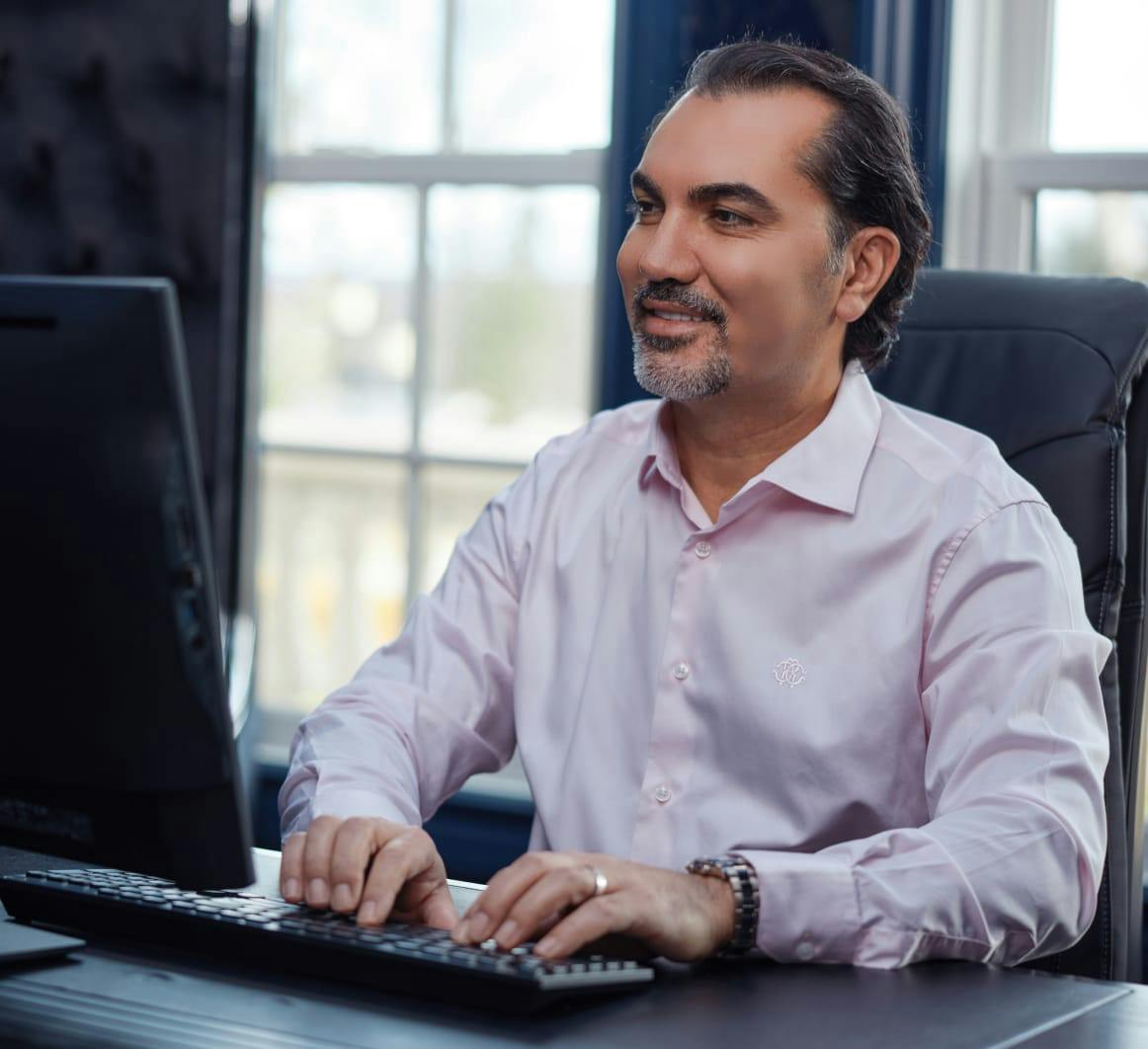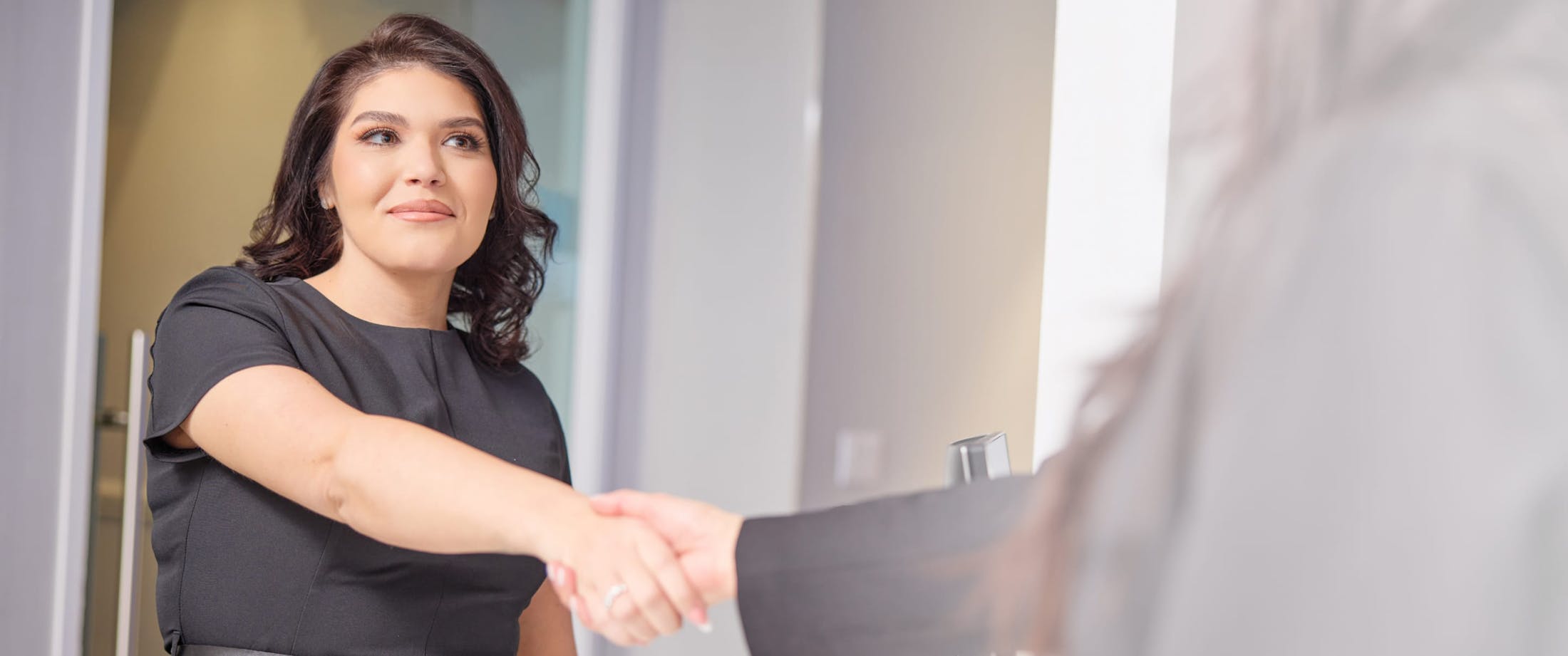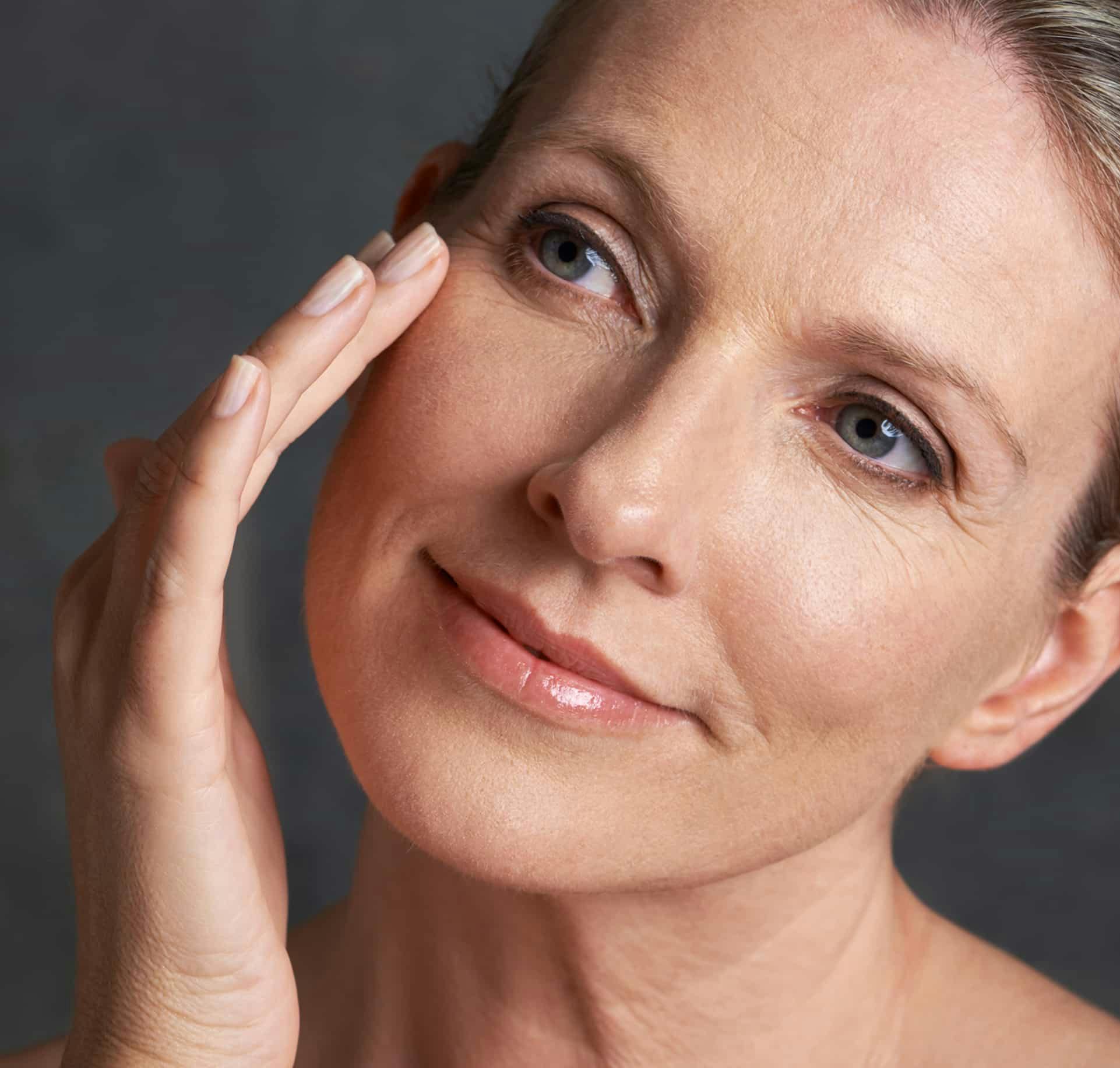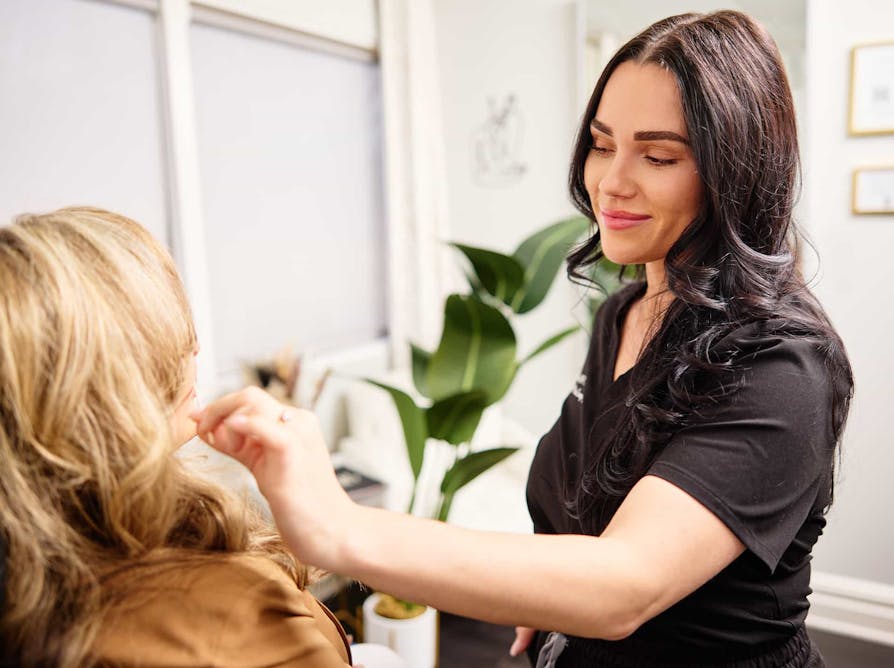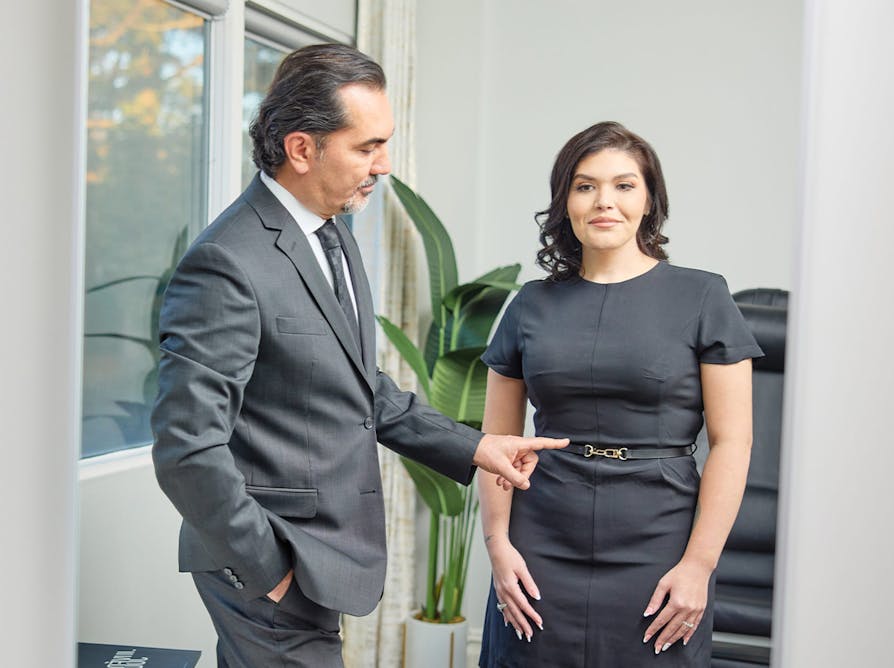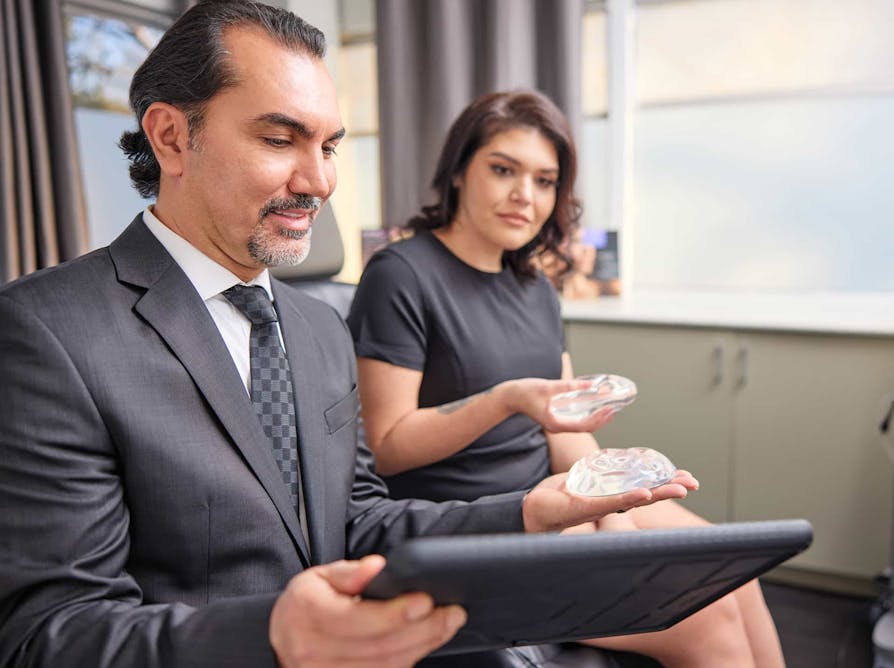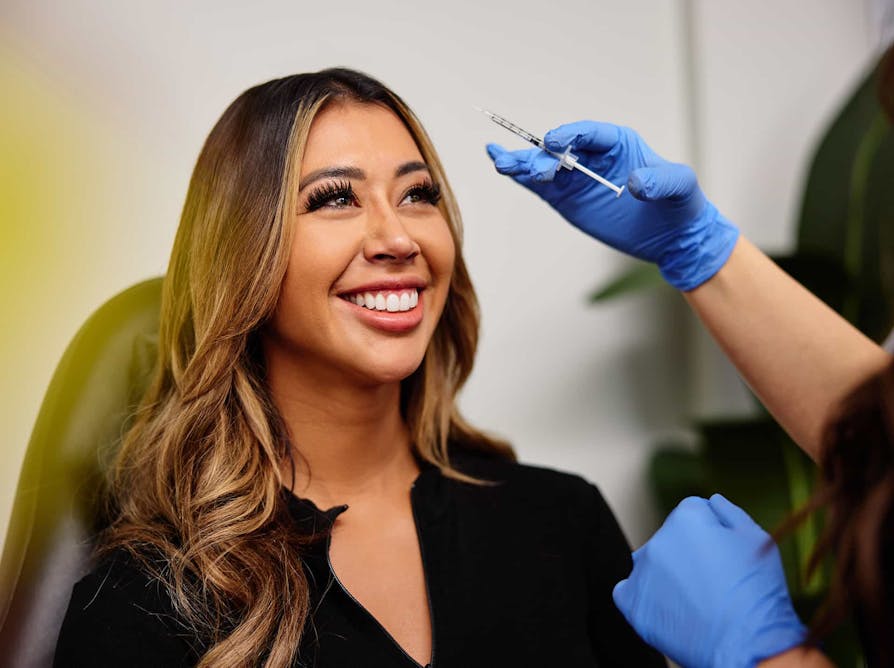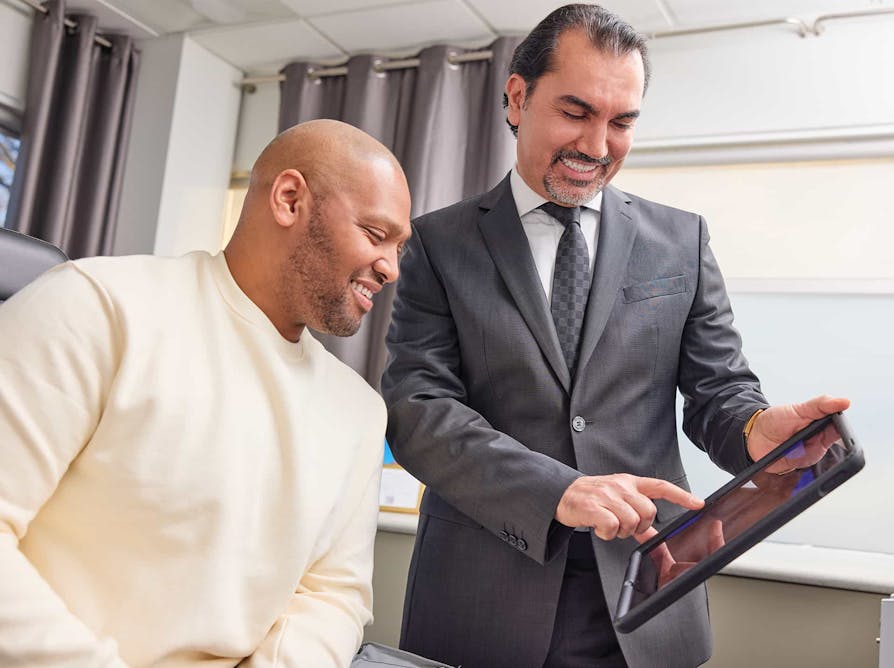Aydin Plastic Surgery aims to produce long-lasting and natural looking results from fat transfers
What Areas on the Face can Fat Transfer Address?
Fat transfer is used in most cases for facial re-injection. As we age, our collagen production steadily drops. Because collagen is the basic support system of the skin, this causes our skin to lose the battle against gravity, the stresses of life, and sun and environmental damage. The result is sagging, loose skin. Fat transfer works well in addressing these facial aging concerns:
- Fine lines and wrinkles
- Crow’s feet
- Frown and worry lines
- Sunken cheeks
- Under eye bags
- Under eye circles
Fat injections are excellent for filling bags under the eyes, for filling out the cheeks and chin areas, or as an all-purpose filler. When fat is transferred back into the face, the fat adds volume, giving the face the younger look it had before collagen loss and sun damage really took their toll. A side benefit of fat transfer with Dr. Aydin is that highly purified fat injections have been shown to enhance blood circulation in the tissues. This is due to the population of adipose stem cells within the fat cells that are re-injected. Enhanced circulation adds healthy glow to the skin.
Do Fat Injections Last?
Unlike dermal fillers, which are eventually absorbed by the body negating their initial function, fat injections are permanent. Not all of the transferred fat survives the process — usually somewhere around 60 to 80% of the fat cells survive. This is often referred to as the fat “taking.” Once this happens, the injected fat cells are in place permanently. Due to this loss of some of the initial fat cells, Dr. Aydin injects more fat cells than is needed to fill the various areas. After about two weeks, the cells that have taken will present themselves as they will be for the duration.
What is the Fat Transfer Procedure?
There are three steps to a fat transfer:
- Extraction of the fat with liposuction. Using a thin cannula, fat is harvested from the hips, inner or outer thighs, lower back, or lower abdomen. Care is taken when harvesting the fat to ensure as many healthy, living fat cells survive the process as possible.
- Next the harvested fat is transferred to a special centrifuge where it is purified, removing any blood, other liquid, or other tissue that may have been collected by the liposuction.
- The purified fat is then re-injected into the target areas that need filling.
Keys to Fat Transfer Success and Recovery
For a fat transfer to be ultimately successful, with as many fat cells surviving as possible, patients need to avoid putting any stress on the injected areas for three weeks. This is due to various steps that need to occur. First, it takes up to four days for blood vessels to grow into the fat grafts, and another two to three days for those blood vessels to strengthen. Without these blood vessels, the fat cells will die. It takes another two to three weeks for a cellular network to develop around the fat cells to withstand minor stresses. These are some of the post-injection keys:
- Maintain surgical tape on the facial areas for five days.
- Sleep on your back with your head elevated for one week.
- Do not rub your face for two weeks.



